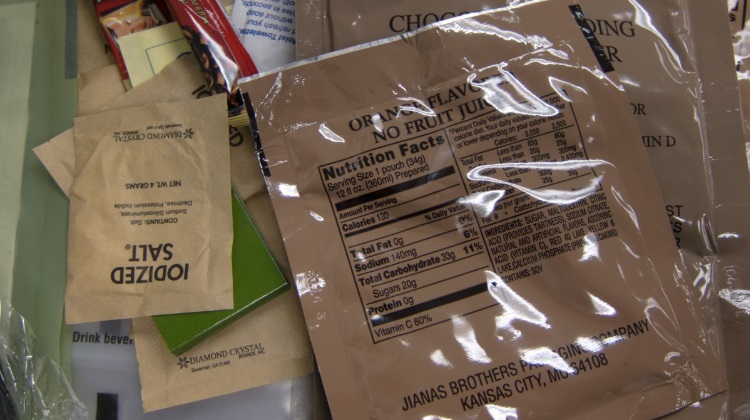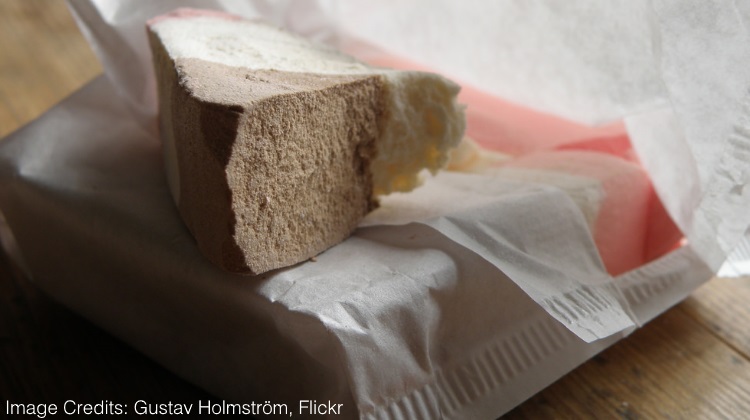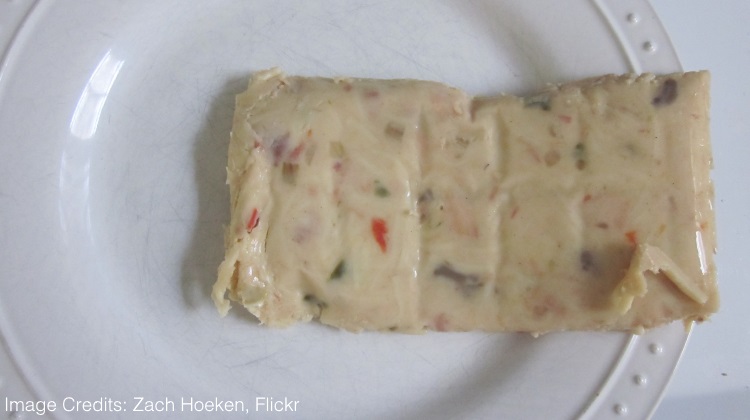Adventure
Introduction to MRE’s and Freeze-dried Food
As the main source of nourishment from astronauts to military personnel, MRE’s and freeze-dried food are easy to eat and convenient in extreme situations.

MRE, or Meal Ready to Eat, is a form of food that is sealed in a way where it can be preserved for up to 3 and a half years at 81°F. They are used in combat and for astronauts as they can still be safe over long journeys for extended periods of time. Ever since 1981 starting with the MRE I, they have been used as the primary ration of deployed US troops.
MRE’s come in many different types, such as main courses, sides, and even desserts. There are also certain vegetarian entrées. Most of these contain napkins, utensils, and other types of condiments to spice up the not-so-good-looking meals. Here are some types of MRE’s.
Regular Meals

Usually, within the MRE, there are multiple different packages inside because the meals are tailored for a full work day in combat. An MRE contains a main course, side dishes, dessert, and a flameless heater with utensils. Sometimes there can be condiments and drink mixes in tandem to the base materials.
Types of Main Dishes and Sides
Main dishes can come in a variety of different types. These are frequently the most nutritious part of the MRE and are not usually as good as they appear coining the name “Meals Rejected by Everyone”. Currently, there are rations such as vegetarian taco pasta, chicken with noodles, beef stew, chicken, meatballs and marinara sauce, shredded bbq beef, chili, fettuccine sauce, macaroni, spaghetti and meat sauce, beef tacos, and much much more.
Desserts and Condiments

An ambrosial selection of MRE apples.
MRE’s can also contain snacks and certain types of sauces, toppings, and even desserts. There is gum, cakes, brownies cookies, drink mixes, peanut butter, jam, mints, coffee, oatmeal, tortillas, and the list goes on.
Freeze-Dried Food

Freeze-Dried Ice Cream
Freeze-drying is another preservation method by low-temperature dehydration. These foods can have a shelf life of more than 20 years and can be rehydrated fully by stirring with water depending on the quality of the product. Freeze drying is not as common because of the high cost of the procedure, although it is still used today. Common foods that are freeze-dried contain water such as fruits, vegetables, dairy, and coffee. These meals are usually consumed by our space wanderers.
-

 Fishing2 weeks ago
Fishing2 weeks agoWind & Sea: Let’s Go Kite Fishing!
-

 Adventure2 months ago
Adventure2 months agoMaking Poachers Pay to Educate Future Conservationists? YES.
-

 Conservation2 weeks ago
Conservation2 weeks agoAnti-Hunting Activists’ “Long Hike Through the Institutions” Isn’t Hype
-

 Gear3 weeks ago
Gear3 weeks agoThis ARF Will Hunt! Rock River Ascendant All-Terrain Hunter Rifle
-

 Camping & Survival1 month ago
Camping & Survival1 month agoDIY Emergency Food: Dehydrators vs. Freeze-Drying
-

 Adventure1 month ago
Adventure1 month agoThe Corona We Wanted: Total Eclipse Tips for April 8, 2024
-

 Adventure2 months ago
Adventure2 months agoWhat About Bob? Uphill Battle for the Bobwhite Quail
-

 Adventure3 days ago
Adventure3 days agoLet’s Gooooo! House Passes EXPLORE Act

